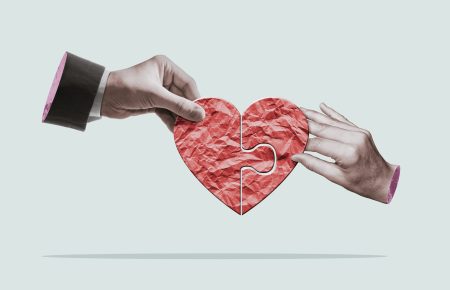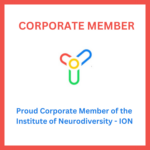Introduction: In the intricate tapestry of human emotions, rejection dysphoria stands as a formidable challenge for many individuals, particularly those with neurodiverse traits. Rejection dysphoria is not merely feeling sad or disappointed after facing rejection; it’s an intense emotional reaction that can be overwhelming and debilitating. In this article, we delve into the depths of rejection dysphoria, exploring its manifestations, its impact on daily life, and strategies for overcoming its grasp.
What is Rejection Dysphoria? Rejection dysphoria is a term coined to describe the intense emotional response experienced by some individuals, particularly those with ADHD or autism, when facing rejection or criticism. It goes beyond typical feelings of disappointment or sadness and can manifest as profound emotional pain, despair, and even physical discomfort.
Manifestations of Rejection Dysphoria:
- Intense Emotional Response: Individuals with rejection dysphoria may experience an overwhelming surge of emotions, including sadness, shame, anger, and anxiety, in response to perceived rejection.
- Physical Symptoms: Rejection dysphoria can also manifest physically, with symptoms such as chest tightness, stomach discomfort, headaches, and fatigue.
- Negative Self-Talk: The internal dialogue of individuals with rejection dysphoria may become highly critical and self-deprecating, amplifying feelings of worthlessness and inadequacy.
- Avoidance Behaviors: In an attempt to avoid experiencing rejection, individuals may engage in avoidance behaviors, such as withdrawing from social situations or avoiding opportunities for fear of failure.
Impact on Daily Life: The impact of rejection dysphoria extends beyond the moment of rejection itself, influencing various aspects of daily life:
- Interpersonal Relationships: Rejection dysphoria can strain relationships, as individuals may struggle to trust others or express vulnerability for fear of rejection.
- Academic or Professional Pursuits: Fear of rejection may hinder individuals from pursuing academic or career opportunities, leading to missed chances for growth and development.
- Mental Health: Prolonged experiences of rejection dysphoria can contribute to anxiety, depression, and low self-esteem, impacting overall mental well-being.
Strategies for Overcoming Rejection Dysphoria: While rejection dysphoria can feel overwhelming, there are strategies that individuals can employ to navigate its emotional landscape:
- Develop Coping Mechanisms: Engage in activities that promote self-care and emotional regulation, such as mindfulness meditation, journaling, or physical exercise.
- Challenge Negative Thoughts: Practice cognitive-behavioral techniques to challenge negative self-talk and cultivate self-compassion and self-acceptance.
- Seek Support: Reach out to trusted friends, family members, or mental health professionals for support and guidance in navigating feelings of rejection and dysphoria.
- Build Resilience: Focus on building resilience by setting realistic goals, celebrating achievements, and embracing failures as opportunities for growth and learning.
- Practice Self-Advocacy: Advocate for your needs and boundaries in interpersonal relationships and professional settings, asserting yourself confidently and authentically.
Conclusion: Rejection dysphoria is a complex and challenging emotion that can have profound effects on individuals’ lives. By understanding its manifestations, acknowledging its impact, and implementing strategies for coping and resilience, individuals can navigate the emotional landscape of rejection dysphoria with greater resilience and self-compassion. Remember, you are not alone in your struggles, and there is hope and support available on your journey towards healing and growth.







